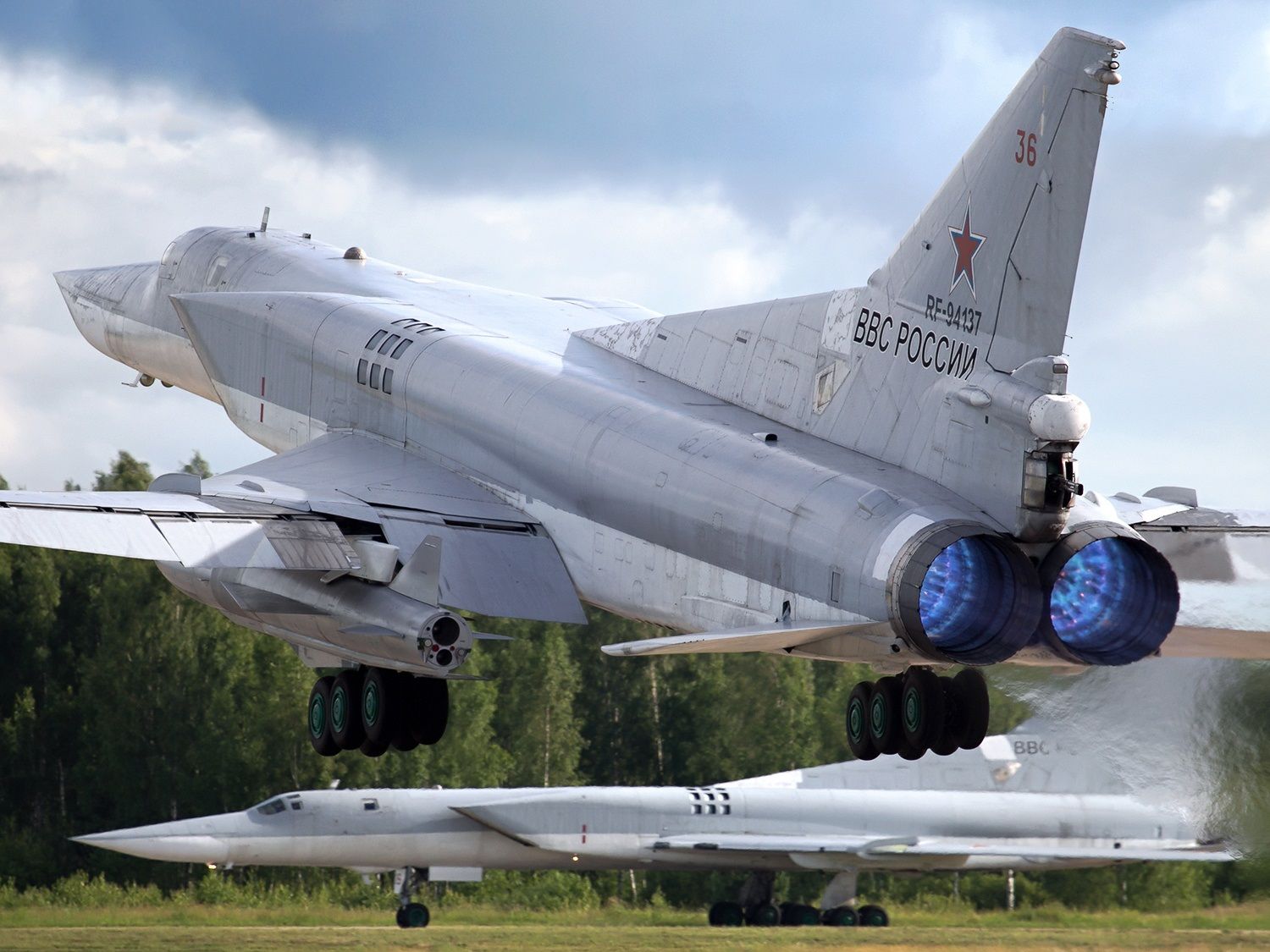Foiled attempt to steal a Tu-22M3 strategic bomber! according to the Russian Federal Security Service
The Federal Security Service (FSB) of the Russian Federation reported that they prevented an attempt by Ukrainian special services to recruit a Russian pilot to hijack a Tu-22M3 supersonic strategic bomber.
«The Federal Security Service of the Russian Federation has foiled another attempt by Ukrainian special services to carry out an operation to hijack abroad of a Russian Air Force Tu-22M3 long-range strategic bomber Tu-22M3, the involvement of special services of NATO countries in its preparation and implementation has been discovered,» the FSB’s Public Relations Center (PRC) reported on Monday.
According to the special service, Ukrainian intelligence intended to recruit a Russian military pilot in exchange for money and the granting of Italian citizenship, «to induce him to carry out a flight and landing of a missile carrier (a Tu-22M3) in Ukraine.»
In the summer of 2022, the FSB reported on the prevention of a similar operation of the Ukrainian security services. Then, according to the intelligence service, employees of Ukrainian military intelligence, «acting on behalf of their country’s political leadership, attempted to recruit Russian military pilots in exchange for monetary rewards and guarantees of citizenship of one of the EU countries.»
Rossiya-24 TV channel (VGTRK) reported that Ukrainian spies planning to recruit Russian pilots intended to obtain Su-24, Su-34 aircraft and Tu-22M3 supersonic missile carriers.
Tu-22M3 “Backfire-C”
The Tu-22M3, nicknamed «Backfire-C» by NATO, is a supersonic long-range, maritime/land strike strategic bomber designed by the legendary Tupolev design bureau, which made its first test flight in 1976 and has been a mainstay of Russian military aviation since its entry into service in 1983.

It is a modernized version of the Tu-22M supersonic strategic bomber, incorporating a number of significant improvements. Its Kuznetsov NK-25 engines provide increased thrust and efficiency, enabling the aircraft to reach supersonic speeds of up to Mach 2.05. New variable-angle wings were installed, with a greater degree of tilt and braking flaps, which open up and down, to achieve landings on shorter runways, commercial airports and at military bases in allied countries, and a redesigned fuselage that improves aerodynamics and reduces drag.
In addition, the Tu-22M3 has a higher payload capacity, carrying up to 24,000 kg of weaponry, including conventional bombs, guided bombs, cruise missiles and anti-ship missiles. Avionics and navigation systems were significantly upgraded with the adoption of the longer-range Leninets PN-AD radar and the NK-45 navigation and combat system, along with modernized electronic countermeasures systems for better protection against threats.
As of today, the Tu-22M3 is the most numerous of the triad of heavy bombers available in the ranks of the Russian Air Force (VVS), and is the platform from which the Kh-22 and Kh-32 supersonic missiles are fired, whose high speed makes them very difficult for the Ukrainian Air Defense Forces to intercept.

As a result of its involvement in the war in Ukraine, the VVS suffered the loss of three Tu-22M3s, two of them (one destroyed, one damaged) hit on land by Ukrainian drone strikes, and one aircraft that crashed to the ground while returning from a combat mission.


Comentarios
Para comentar, debés estar registrado
Por favor, iniciá sesión